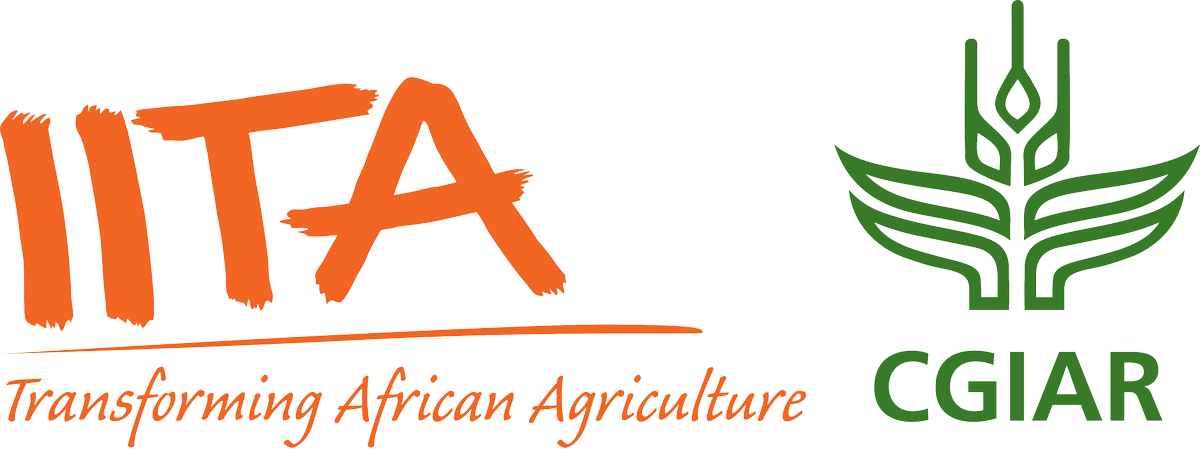Welcome to the International Institute of Tropical Agriculture Research Repository
What would you like to view today?
The challenge of industrialization of a nature-based solution that allows farmers to produce aflatoxin-safe crops in various African countries

View/
Date
2024-12-06Author
Kaptoge, L.
Ortega-Beltran, A.
Atehnkeng, J.
Konlambigue, M.
Kamau, J.W.
Bandyopadhyay, R.
Type
Review Status
Peer ReviewTarget Audience
Scientists
Metadata
Show full item recordAbstract/Description
In sub-Saharan Africa (SSA), many crops are contaminated by Aspergillus section Flavi fungi with highly toxic, carcinogenic aflatoxins. This contamination has severe negative impacts on health, trade, income, and development sectors, hindering progress toward various objectives of most Sustainable Development Goals (SDGs), including SDG 2 – Zero Hunger and SDG 3 – Good Health and Wellbeing. Farmers, industries, and governments need sound aflatoxin management strategies to effectively limit aflatoxin contamination throughout the crop value chain. One
effective technology is biocontrol using native atoxigenic isolates of A. flavus coated on a carrier that is applied on growing crops. Atoxigenic A. flavus competitively displaces aflatoxin producers in the field, and this form of bioprotection results in reduced aflatoxin in crops. Over 15 years ago, field tests in Nigeria using a manually manufactured biocontrol product showed promising results. However, it became evident that scaling up the manufacturing process was essential to make this bioprotectant widely accessible to millions of farmers and achieve tangible impact in the context of sustainable food systems. The objective of this paper is to document the evolution of biocontrol manufacturing from small-scale, lab-based production to industrial manufacturing at different scales. The improvements in product formulation, and manufacturing processes and design are highlighted to better address “fit-to-scale” product demand in different countries. Industrializing the manufacturing process coupled with incentivization, commercialization
strategies, and effective partnerships has allowed the manufacturing of thousands of tons of biocontrol products. This has enabled production of over a million tons of aflatoxin-safe maize, groundnut, and sorghum, contributing to enhanced food safety and security in several countries in SSA. The key lesson learnt is that for any input-based technology to mitigate aflatoxin (or any food safety issue), their large-scale manufacturing and commercialization is crucial for achieving
tangible results. Only widespread adoption of any technology can address the great challenge posed by aflatoxins, a critical step toward meeting several SDGs. The urgency to combat aflatoxin contamination is increasing as its impacts are intensifying in several regions across the globe.
https://doi.org/10.3389/fsufs.2024.1509384
Multi standard citation
Permanent link to this item
https://hdl.handle.net/20.500.12478/8665IITA Authors ORCID
Alejandro Ortega-Beltranhttps://orcid.org/0000-0003-3747-8094
Ranajit Bandyopadhyayhttps://orcid.org/0000-0003-2422-4298
Digital Object Identifier (DOI)
https://doi.org/10.3389/fsufs.2024.1509384
